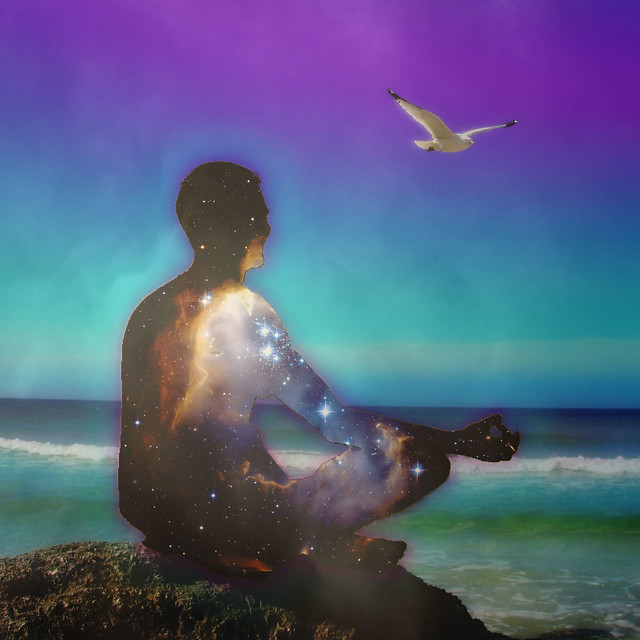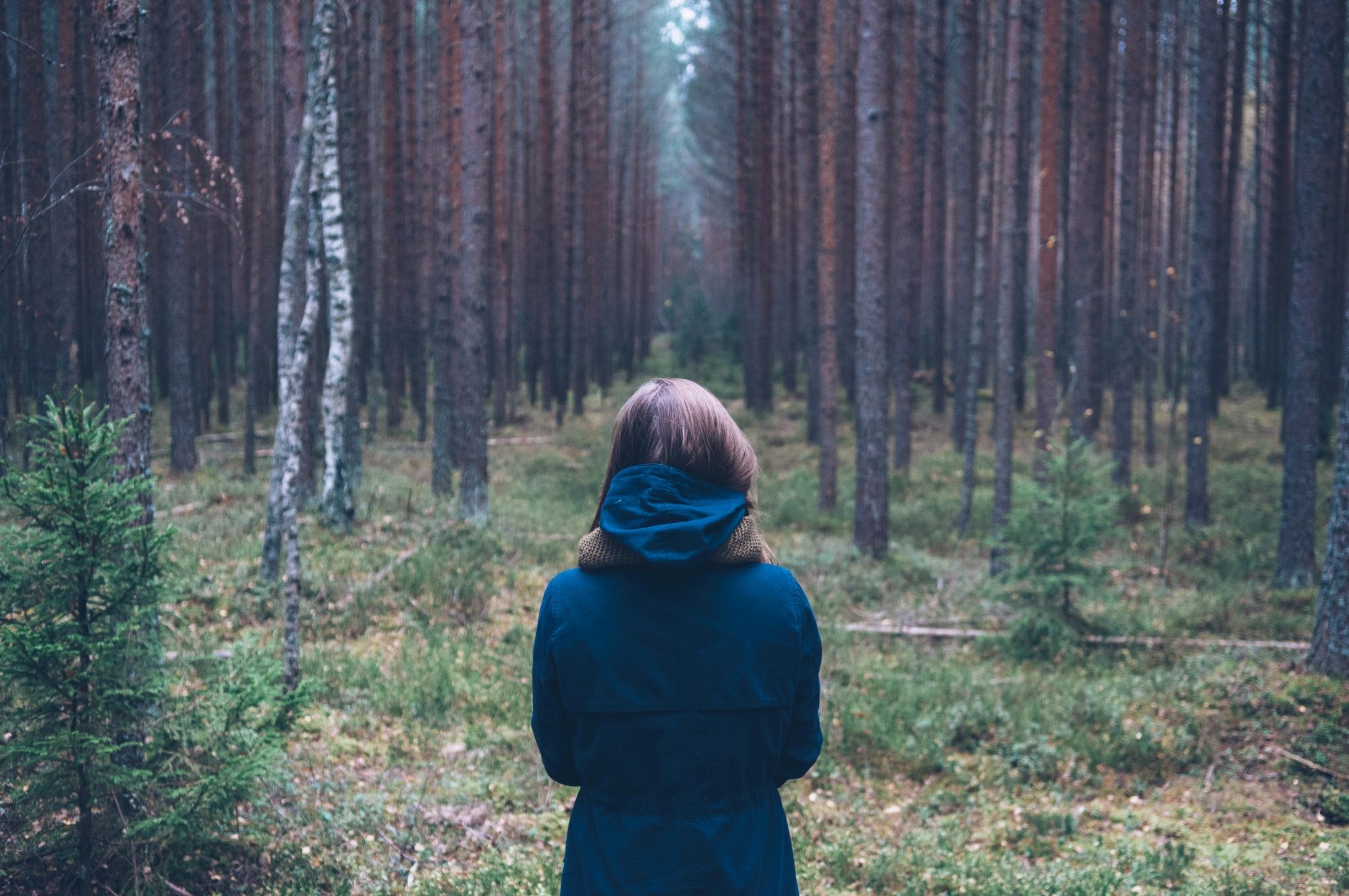THE RECLAMATION RITUAL

A Dagara-Inspired
Community Ritual
Saturday, March 14
2:30 – 8:00 PM
Private Residence, Captain Cook, HI
Arrival: Between 2:30 – 2:45
Start Time: 3pm | Ritual Start: 5:00
Ritual Closing: 7:00 | Pot Luck Feast: 7 – 8pm
Reciprocity to attend this ritual is $50.00 US
SEE BELOW FOR FACILITATOR TRAINING REGISTRATION LINK

WHAT IS A RECLAMATION RITUAL?
When we deny a part of our authentic self, where does it go? Does it disappear? Does it atrophy like a muscle? Or does it linger in the background of our lives, haunting us and causing Soul-sickness?
When I was a child, I lost the power of my voice and my ability to feel safe expressing my feelings about things. I was the silent child at school, never raising my hand and terrified I’d be called on. When people had strong opinions about things, I’d just agree with them. My belief that it was dangerous to have a voice was so ingrained in me, I manifested severe strep throat annually, keeping me in bed for 3-weeks at a time, and eventually this led to an operation to remove my tonsils.
My wound around my voice came from chronic childhood abuses from my father, not the least of which was public shaming. Yet, today, I’m a facilitator, teacher and speaker… because I Reclaimed What was Lost!
During the Reclamation Ritual seekers have an opportunity to be held in community as they explore what has gone missing in their lives that is precious to them, or even necessary to their health/survival. The ritual itself entails a courageous Underworld Journey by each participant, where they have to leave the safety of the “village” and seek their Soul Part in the regions known as the “Netherworld”.
This journey is not taken lightly. It is not guaranteed the seeker will find this part, and if they do, they may realize they are not ready to take responsibility for it once they bring it back into the light.
Soul Parts that have been exiled must be tended so they can regain trust with the larger consciousness living the life. They don’t know if they might be thrown back into the Netherworld again if they make a mistake.
But if the seeker has cultivated spiritual strength and wisdom in their lives, they will joyfully take up this lost part and tend it lovingly back to life, thereby instigating greater levels of health, happiness and balance in their lives.
The Reclamation Ritual is a Western approach to an ancient shamanic technology.
Because our minds in the Western nations were formed differently from Indignenous populations, (who need less analysis and trust the numinous more readily), we prepare ourselves for the ritual through a series of practices to shift our brainwaves and open our hearts.
To enter into the Netherworld in a defensive manner or arrogant posture or skeptical nature, is to endanger yourself. In these lower energetic/negative states, there can be a condemning of even more of yourself into the Netherworld, so that upon your return to the village you are even less of yourself, instead of more whole.
Therefore, those who step into this ritual must do so soberly, humbly and with a willingness to look at themselves honestly.
Helpful Questions to Reveal Lost Parts:
-
Where do I hide in my life? Where is it painful to be seen?
-
Where do I have chronic pain? If I look into this area of my body, is there a story its wanting to tell me?
-
What embarrasses me?
-
Where do I hold shame?
-
Where am I blaming someone else for weakness in my life?… for places I stay small?
-
Where have I had surgeries? What led to the surgery? Have I accepted my new body, post-surgery?
-
Where have I left a traumatized aspect of myself from a car accident or acute/violent event?
I have seen this one ritual transform many people’s lives profoundly for the better!
Come experience it!
Come learn how to facilitate it!
HOW THE RECLAMATION RITUAL CAME TO ME
I received the template for this deeply transformation ritual from the elders of a Dagara Village I was a part of in 2003 – 2012. These weren’t Dagara elders, and the village wasn’t in Burkina Faso. This was a community that formed around the work of Malidoma Some in Sonoma County, California, whose main ritual facilitator was Francis Weller (author of Wild Edge of Sorrow). Francis, through his in depth work with Malidoma, dreamed one night of a ritual that could help his community heal from Soul sickness. He brought the ritual idea to Malidoma and received encouragement to lead it. This was the birth of the Reclamation Ritual. I first experienced it during my 10 month Women’s Initiation in this community. Since those years, I have implemented this ritual, with the permission of Francis, into many of my offerings and ceremonial days.

RECLAMATION RITUAL FACILITATOR TRAINING
This training is designed to support those already holding sacred space for groups to add a powerful ritual template to their offerings. This training will be especially valuable to all graduates from Maria Owl’s Grief Ritual Facilitator Training, in the Dagara Tradition.
Experience the Reclamation Ritual and be mentored by Maria Owl in the safe and sacred facilitation of it. During this training students will learn two versions of the Reclamation Ritual. Maria will cover many topics around ritual facilitation, preparation, ethics and design.
SCHEDULE
March 14 – OPEN TO PUBLIC
2:30 -2:45PM Arrive and get settled
3:00PM Workshop Start Time
4:45PM 15 Min. Break
5:00PM Begin Reclamation Ritual (Version 1)
6:00PM Closing and Integration
7:00PM Pot Luck Feast
March 15 – STUDENTS ONLY
9:30AM Arrival
10:00 Training Start Time –
Discussion on the Shadow, Inner-saboteur, and Exiled Soul Parts
What is Soul Sickness?
How to Hold Clear & Strong Ritual Space when strong emotions are present
Ethics for Ritual Facilitators
12:00PM Lunch (Bring Your Own)
12:40 Ritual Preparation – Creating the Netherworld – Working with Space, Land, Elements, and Nature Spirits to enhance the power of the ritual experience.
1:15 Begin Reclamation Ritual (Version 2)- Students Only
3:15 Closing and Integration
4:15 15 Min. Break and Snack
4:30 Training – Following Up with participants, How to adapt to your community
5:30 End
Save Your Place in this Training
Registration Process:
Please Pay Tuition using the link below. You will receive a Welcome email with a link to a Google-Form, which is a questionnaire. This is simply to help Maria get to know you and your background.
Thank you! We look forward to seeing you in the training!!